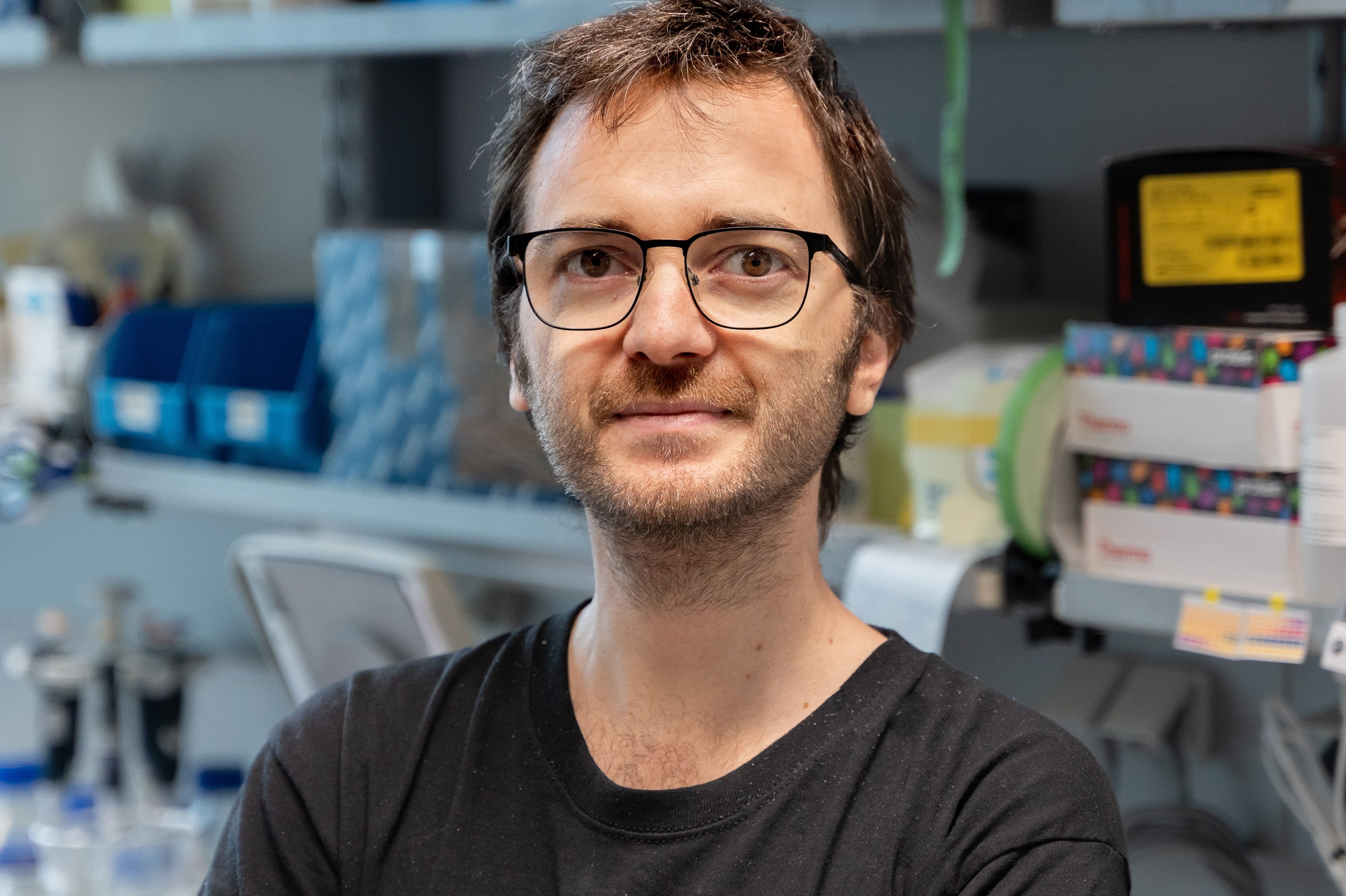
(Vienna, 08 July 2025) Simon Licht-Mayer, researcher at MedUni Vienna's Clinical Institute of Laboratory Medicine, has been awarded a project grant by the Wings for Life Foundation. He is investigating how an injury to peripheral nerves alters energy production in nerve cells and thereby helps damaged nerves in the spinal cord to heal better.
This research project is investigating how a peripheral preconditioning lesion influences mitochondrial dynamics in sensory nerve cells of the dorsal root ganglia and thereby increases the regenerative potential of central axons after spinal cord injury, with the aim of developing new therapeutic approaches for the treatment of such injuries.
In contrast to axons in the peripheral nervous system, some of which regenerate very efficiently, axons in the central nervous system (e.g. after a spinal cord injury) cannot regenerate at all or only to a limited extent. Surprisingly, however, it has been demonstrated that a preconditioning lesion in the peripheral part of the sensory nerve processes of the dorsal root ganglia (DRG) neurons - in the axons of the sciatic nerve - greatly increases the regeneration potential of the centrally projecting DRG axons in the spinal cord. Data show that such a pre-injury in the peripheral part significantly increases the number of mitochondria, the energy generators of the cell, in the spinal cord nerves. As it has also been shown that an increased number of mitochondria is essential for the regeneration of injured axons, Simon Licht-Mayer and his colleagues want to investigate this phenomenon of increased mitochondrial dynamics after a peripheral injury in more detail. To this end, they will use special mouse models that allow them to specifically analyse the mitochondria in injured axons and determine both their composition and the genetic regulation of mitochondrial processes.
The focus on the sensory signalling pathways of DRG neurons makes it possible to specifically investigate the effects of a peripheral preconditioning lesion on mitochondrial dynamics and nerve regeneration. The knowledge gained is very likely to be relevant for neural motor pathways and could therefore potentially contribute to new therapeutic approaches for alleviating the devastating consequences of spinal cord injury in human patients. As drugs targeting mitochondrial signalling pathways are already approved for other diseases, elucidating the biological mechanism behind the changes in mitochondrial dynamics is the biggest hurdle to exploiting the regenerative potential of the preconditioning lesion.
Project presentation at Wings for Life
About the person
Simon Licht-Mayer studied molecular biology at the University of Vienna and completed his master's thesis in the laboratory of Hans Lassmann, where he investigated the role of Nrf2 - an anti-oxidative master regulator - in multiple sclerosis lesions. For his PhD, he conducted research in Scotland at the University of Edinburgh, where he studied mitochondrial dynamics after demyelination in the group of Don Mahad. This work was the first to describe the "Axonal Mitochondrial Response to Demyelination" (ARMD), a homeostatic response that increases the number of mitochondria in the demyelinated axon and can be enhanced by genetic and pharmaceutical manipulation to protect demyelinated axons. As a postdoctoral fellow at the Clinical Institute for Laboratory Medicine, he is currently investigating the genetic basis of altered mitochondrial dynamics after axonal damage in the group of Josef Penninger, with the aim of identifying new therapeutic approaches.
About the grant
Project Research Grants are awarded internationally by Wings for Life for research projects in the field of spinal cord injury.